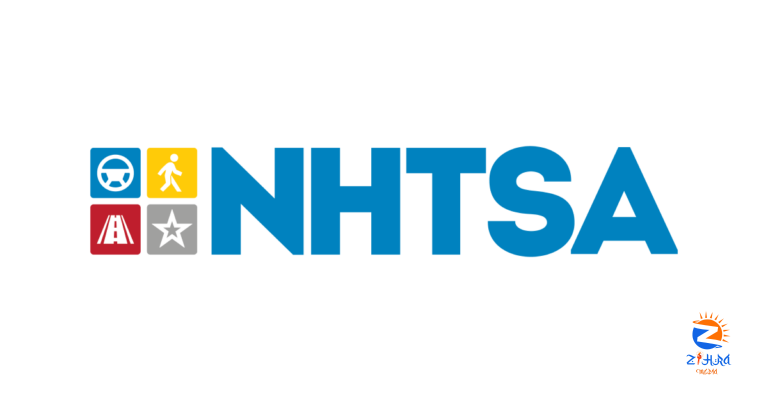
[ad_1]
Attitudes About Drowsy Driving Need to Change
Traffic Safety Facts
Fatigue has costly effects on the safety, health, and quality of life of the American public. Whether fatigue is caused by sleep restriction due to a new baby waking every couple of hours, a late or long shift at work, hanging out late with friends, or a long and monotonous drive for the holidays – the negative outcomes can be the same. These include impaired cognition and performance, motor vehicle crashes, workplace accidents, and health consequences.
Tackling these issues can be difficult when our lifestyle does not align with avoiding drowsy driving. In a 24/7 society, with an emphasis on work, longer commutes, and exponential advancement of technology, many people do not get the sleep they need. Effectively dealing with the drowsy-driving problem requires fundamental changes to societal norms and especially attitudes about drowsy driving.
The terms drowsy, sleepy, and fatigue are used interchangeably although there are differences in the way these terms are used and understood.
Precise Numbers of Drowsy-Driving Crashes, Injuries, and Fatalities Are Hard to Nail Down
Unfortunately, determining a precise number of drowsy-driving crashes, injuries, and fatalities is not yet possible. Crash investigators can look for clues that drowsiness contributed to a crash, but these clues are not always identifiable or conclusive.
NHTSA’s census of fatal crashes and estimate of traffic-related crashes and injuries rely on police and hospital reports to determine the incidence of drowsy-driving crashes. NHTSA estimates that in 2017, 91,000 police-reported crashes involved drowsy drivers. These crashes led to an estimated 50,000 people injured and nearly 800 deaths. But there is broad agreement across the traffic safety, sleep science, and public health communities that this is an underestimate of the impact of drowsy driving.
[ad_2]